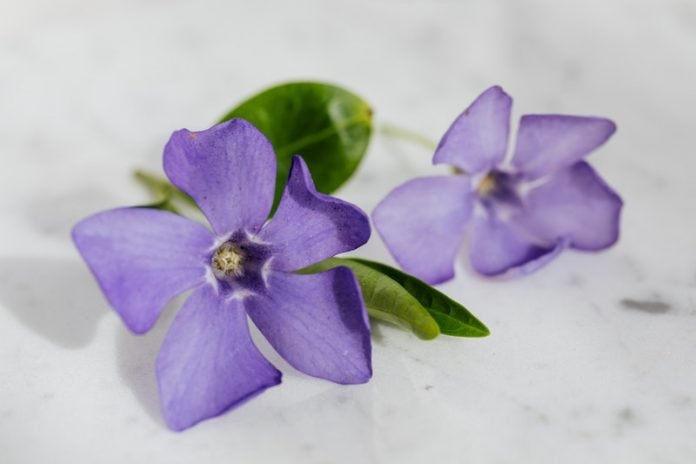
In a new study from Dillard University, researchers found a compound derived from violets could lead to new approaches in treating glioblastoma, a highly aggressive form of brain cancer.
They report that cyclotides, small circular proteins produced by violets increase the power of TMZ, a chemotherapy drug, in killing human glioblastoma cancer cells.
Glioblastoma is a fatal type of brain cancer of adults and children with a median survival time of 9-16 months from diagnosis.
Half of the tumors are resistant to the only FDA-approved drug, TMZ, and the remainder quickly evolve resistance to this chemotherapy.
The team found combining cyclotides with TMZ can increase the ability of TMZ to kill glioblastoma cells up to eight-fold.
They think they are on a path that could lead to better treatment of glioblastoma in the future.
The biggest hurdle faced by researchers working in the laboratories based in Wyoming is extracting enough of the compounds from violets to test. Kilograms of violets are needed to yield a tiny dose.
The cell culture studies, though encouraging, need more work to be useful in a clinical setting.
Despite these technical obstacles, the research team remains undaunted. They say patients, particularly children, diagnosed with glioblastoma have few options.
The goal is to eventually provide new hope to brain cancer patients and their families.
If you care about brain health, please read studies about two common habits that could make your brain age fast, and low-carb diet that could help reverse brain aging.
For more information about health, please see recent studies about how Alzheimer’s disease becomes worse in the brain, and results showing that after 4 strokes, rare disease and brain surgery, woman helps others.
The study is published in the Journal of Natural Products. One author of the study is Samantha L. Gerlach.
Copyright © 2022 Knowridge Science Report. All rights reserved.



